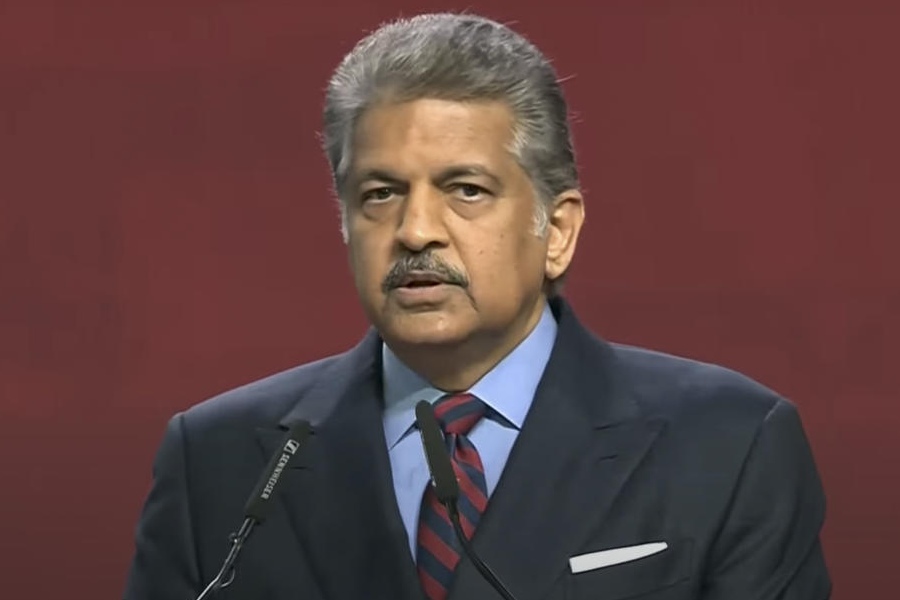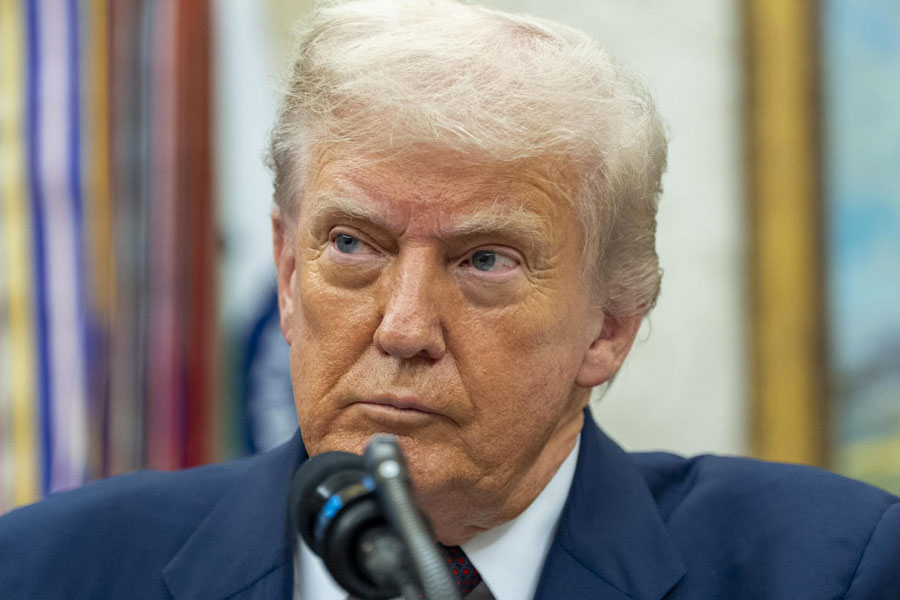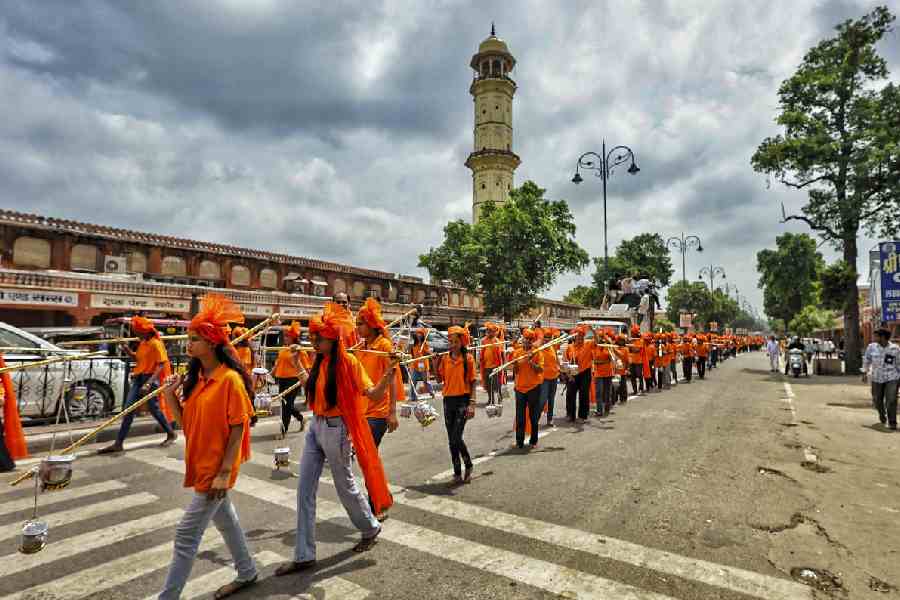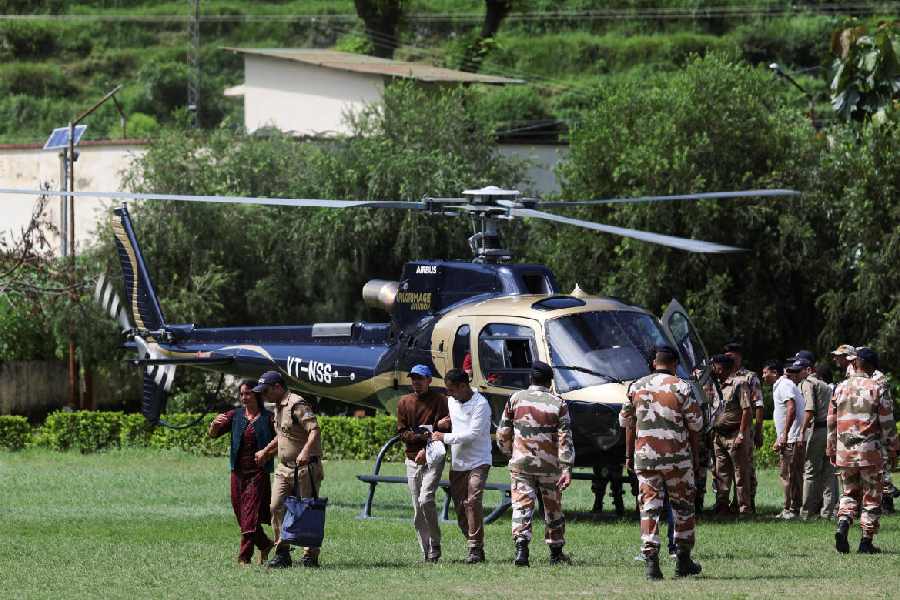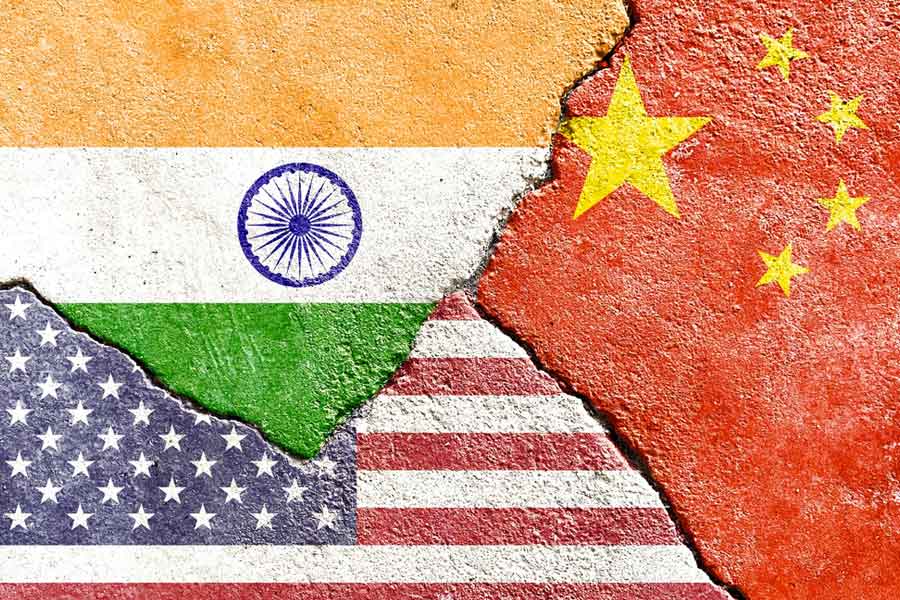Bhubaneswar, Sept. 25: The sprawling house of Ajay Badjena in Patia village oozes opulence with marble flooring, modern furniture and a huge LCD television mounted on the drawing room wall.
The 58-year-old, who quit studies after Intermediate, owns an Innova and a Tavera, both Toyota cars, while his brother rides a Honda City. One of his sons runs a BPO at the nearby Chandrashekharpur. His only daughter is married to a Melbourne-based software engineer.
Badjena cashed in on the construction boom that happened in Patia during the last decade turning the area into what it is today — a thriving urban hub with housing colonies, top-end educational institutions and an infocity that houses the offices of some of the best-known software companies in the country.
Patia epitomises the growth of modern Bhubaneswar, which is still expanding in all directions. While a second infocity is proposed near Patrapada towards Khurda, where land prices are shooting up, there is hectic construction activity close to Uttara along the road leading to Puri. So, a number of Patias appear to be in the making.
As land prices skyrocketed with Patia becoming a showcase of Bhubaneswar’s growth, Badjena sold a few of the 20 acres he had at prices between Rs 3 and Rs 4 crore per acre then.
The prices have since touched almost Rs 8 crore an acre but Badjena is not selling any more land. Instead, he has made shared ownership deals with developers who have built apartments on four acres of his land. “This way, the land remains mine and I get a share in the new property being built. My deal in most cases is ownership of 45 per cent, which is fair enough,” said the bearded man, who now does little except managing his property from home.
Badjena has not been the only beneficiary of the construction boom in and around Patia, which now boasts of around a dozen crorepatis. Fifty per cent of some 2,000 families in the village, which very few knew about till 1969 when the land settlement began, today own cars.
“The bullock carts, which once filled our streets, have been replaced by cars. Now almost everybody has a pucca house,” said 60-year-old Kanchan Rout, whose eldest son runs a travel agency and dabbles in politics, assured that the family is unlikely to face any monetary problem with four acres of land still left with them. “We cultivate paddy in this land and harvest around 100 bags a year,” said Rout whose two-storeyed house in the village has all the modern comforts of life.
Old timers say the sale of land in Patia began soon after people were awarded “pattas” (authentic land deeds) in 1973, following the settlement drive launched by the government in 1969 which, incidentally, was also the year when the Bhubaneswar — Nandankanan Road came into existence. “The road was a big incentive as until then people were reluctant to come to this area which was notorious for the flood havoc wreaked annually by River Kuakhai. The road, in a way, connected us with civilisation,” said Badjena.
However, land prices shot up much later when Bhubaneswar started pushing towards Patia in a big way resulting in the creation of a new satellite city of sorts. “Until 1975, land here was as cheap as Rs 5,000 per acre. The big leap happened in the last 10 years with prices now touching Rs 8 crore,” said Gangadhar Jena, who sold 60 decimals (100 decimals make an acre) in 2006 when the going rate was Rs 5 lakh for a decimal.
The growth of Patia is now reaching a saturation point. There are a few apartment projects coming up at nearby Raghunathpur and Kalarahanga. After that, all the building activity will move towards Nandan Kanan. Villagers say there is hardly any spare land left in Patia to be sold or leased out to realtors.
President of the Orissa chapter of Confederation of Real Estate Developers Association, India, D.S. Tripathy agreed that land was at a premium in Patia with prices touching almost Rs 10 crore per acre depending on the location. But there was no escape from spiralling land prices with Bhubaneswar on the move.


